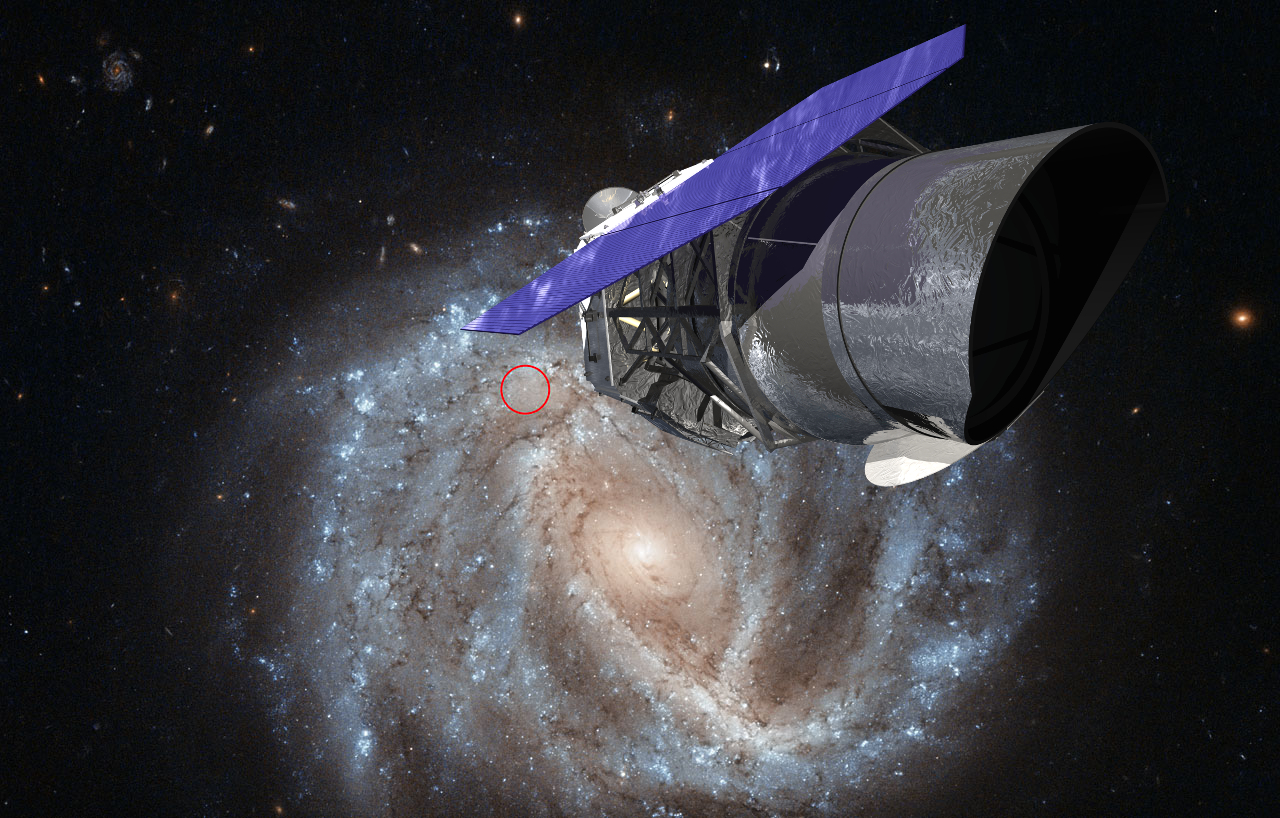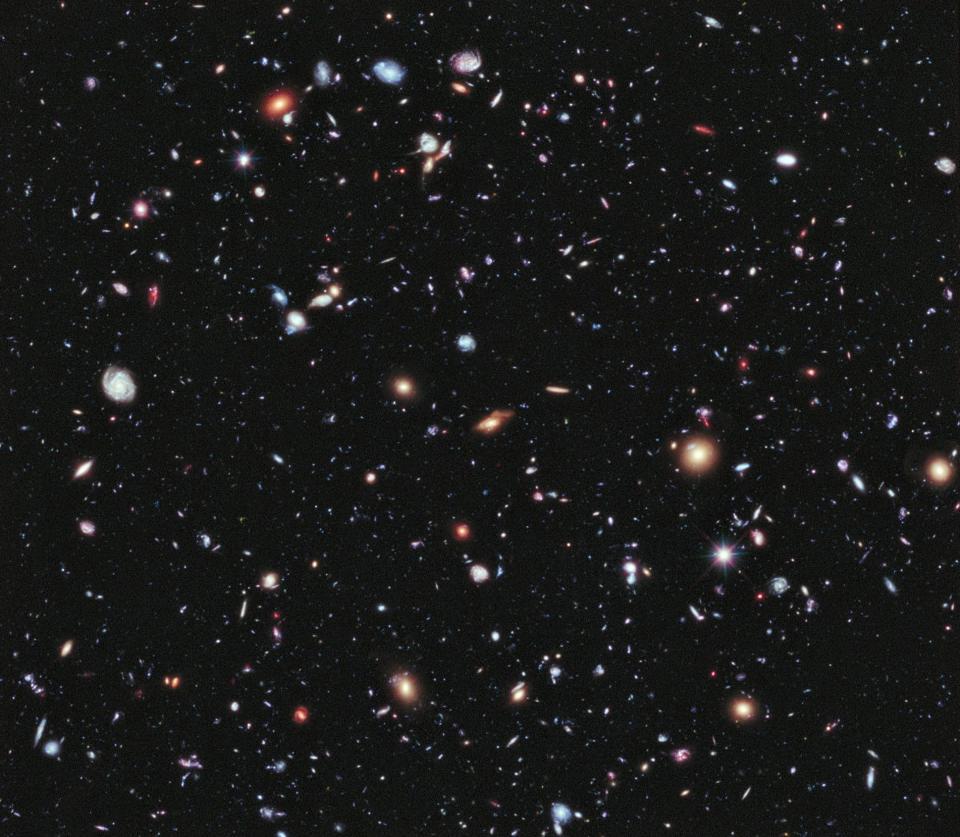
After the space telescope was first launched into orbit, scientists and engineers began to create new projects of such systems. Most of all projects from the agency NASA. Some of them are being implemented. For example, in 2019 the orbital telescope
“James Webb” will be sent to space. There are other systems, some of which exist only in the form of projects, others are gradually being implemented, like Webb.
One of the agency’s largest and most ambitious projects is Wide Field Infrared Survey Telescope (WFIRST). This tool should have one main mirror with a diameter of 2.4 meters (the Hubble is the same). The main task of WFIRST is to monitor dark energy and exoplanets. Despite the fact that the size of the mirror is the same as that of Hubble, the “field of view” of this system is 100 times larger.
Thus, WFIRST can “see” more than “Hubble”, and spends less time on observing the same area. If we compare the capabilities of two telescopes, then, for example, Hubble, observing the same sky for 23 days during the
Hubble eXtreme Deep Field experiment, found 5,500 galaxies there. But WFIRST can find about half a million galaxies at the same time. It is also planned to use it in coronagraphy, only they plan to observe not the Sun, but the stars located outside the Solar System. By shading a star, astronomers can observe the behavior of exoplanets directly.
The tool, according to the project, must be really powerful. But the
new report submitted by the agency casts doubt on the viability of the project. “The risks of the main mission of WFIRST are significant, which means that the mission cannot be accomplished without changes or additional resources,” the report says. Additional resources in this context are money. It was originally planned that the telescope would be built for $ 3.6 billion. But, as it turned out, a little more is needed - from $ 3.9 billion to $ 4.2 billion.
The assessment was carried out by a team independent of the core team of specialists whose responsibility is to study the technical aspects of the program, its management, and finances. The report, created as a result of familiarization with the project of creating a telescope, calls into question the key decisions of NASA specialists. For example, according to independent experts, the same coronagraph is more difficult to implement than NASA planned. The same applies to some other elements of the system design. Well, the complexity of the design leads to an increase in the budget and additional risks.
The commission in question also questioned the reliability of interaction between NASA headquarters staff and the project's administrative center at the Goddard Space Flight Center. "The NASA management structure is irrational and needs to be adjusted, this applies to both the reliability and the management chain", in the report.
In general, NASA is aware of the problems. For example, in October, the head of the Goddard Space Flight Center was asked to simplify the telescope design to reduce costs and reduce the overall complexity of the project.
 An image from the Hubble eXtreme Deep Field experiment, the deepest of our observations of the universe today
An image from the Hubble eXtreme Deep Field experiment, the deepest of our observations of the universe todayWhatever it was, the agency continues to work on the project: “WFIRST remains the agency’s highest priority; this mission will be implemented immediately after the project of the James Webb telescope is completed,” says NASA.
As for "James Webb", then this telescope is planned to be launched in 2019. After it is put into operation, it will become the most powerful space observatory in the history of mankind. The diameter of the telescope's mirror is 6.5 m, and the luminosity exceeds that of Hubble seven times. Its resolution exceeds the capabilities of the same "Hubble" three times. It can cover wavelengths from 550 to 30,000 nm - from visible light to infrared.
The telescope will be able to measure the colors and spectra of all the objects observed. The location of the telescope in space
allows you to see everything within the range of its perceived spectrum, and not only in the waves that pass through the Earth’s atmosphere.
The launch of the WFIRST telescope is scheduled for the 2024th year.